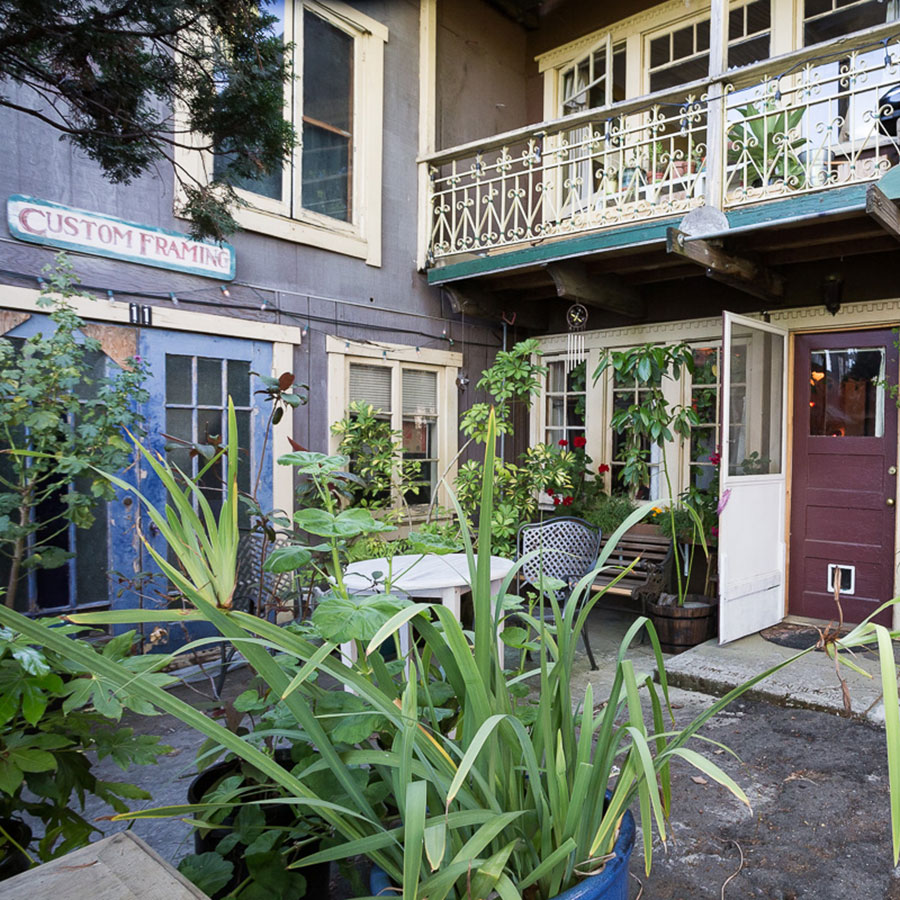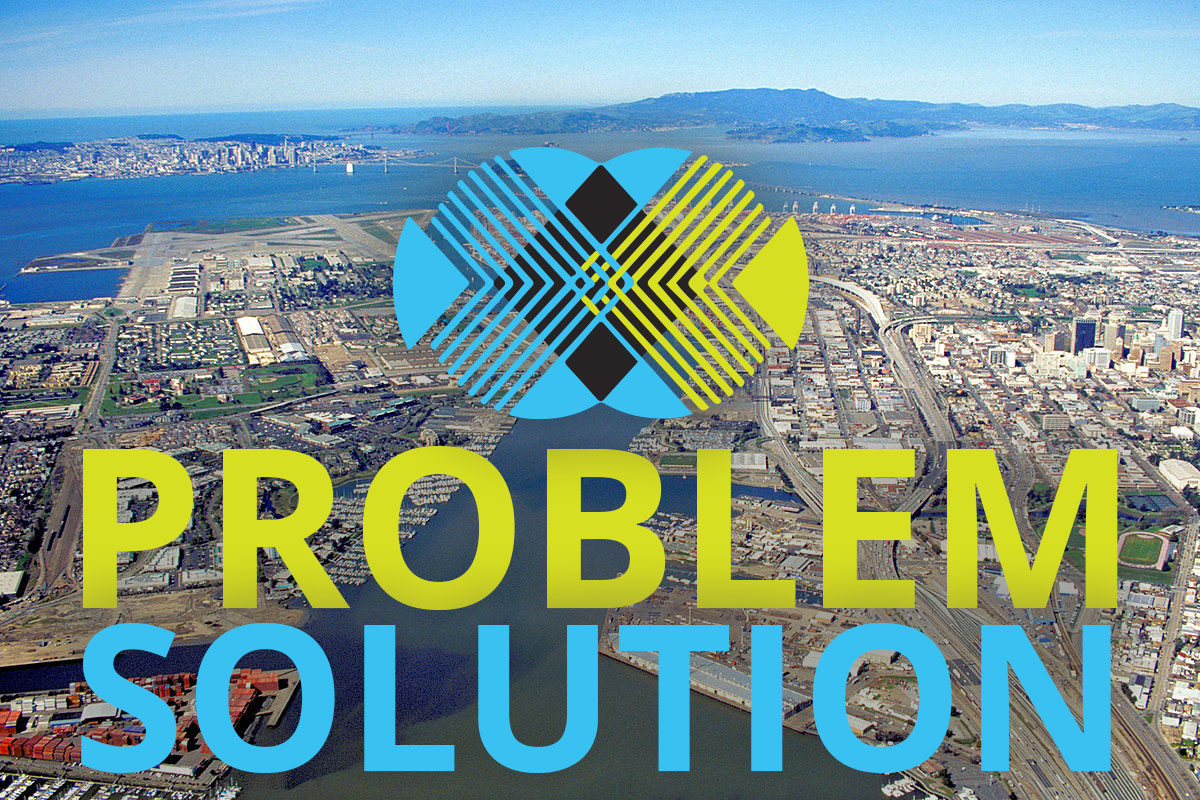


We attract low cost capital to counter displacement and increase investment in lower income communities. Our focus is on the development of permanent affordable housing, encouraging resident ownership models and emphasizing cultural preservation. The Opportunity Zone program provides a model that can achieve these goals.

WHO WE ARE
The Cultural Impact Fund is guided by a network of economic advisors, community leaders, activists, entrepreneurs and artists with a passion for cultural preservation as well as economic and social justice.
CIF was founded by Donna Smithey, and decades long affordable housing developer and consultant specializing in finance and community-based solutions.
Advisors have included experienced OZ specialists including the Novogradac and Company for proformas and project performance projections. Various legal firms have assisted in the organizational structure and management.

HOW IT WORKS
ONE: Investor has a Capital Gain and is ready to invest.
TWO: Invests in qualified Opportunity Fund.
THREE: Defers Taxes on investment.
FOUR: Taxes come due in 2027 or beyond.
FIVE: After 10 years, the investment is repaid, if desired.

THE CALL TO ACTION
CIF is founded upon the following four pillars in order to ensure that our funded projects are both regenerative and necessary:
- Providing truly affordable housing allows residents to stay in their community.
- Prioritizing resident-controlled ownership of properties drives real systemic change.
- Providing economic support for the renovation and preservation of cultural institutions and landmarks helps ensure that the inherent culture of that neighborhood continues to thrive and grow as opposed to being displaced and replaced.
- Finally, providing opportunities for all to invest, regardless of income, bridges the wealth gap and allows residents to invest in their own community, creating a more resilient economic cycle for both the residents and community alike.

THE PROBLEM + THE SOLUTION
Unfortunately, these programs often become vehicles for gentrification and displacement, imposing outside investment and development interests that, simply put, do not actually benefit the communities themselves, often destroying the inherent local culture.
Our goal is to encourage and create regenerative development practices and projects that benefit these communities in ways which are relevant to the communities that will be affected.
We therefore focus on involving community members in this process, which includes widening our investment pool to include the common investor.




